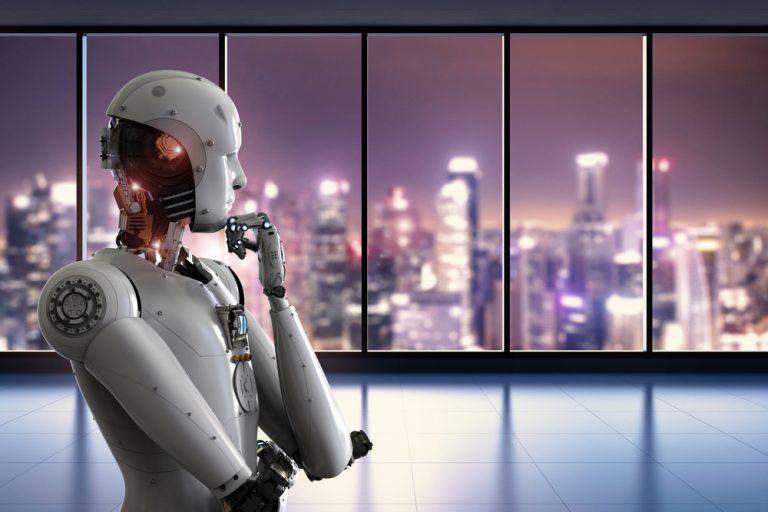
The World Economic Forum (WEF) has said that machines, robots and algorithms could create roughly 133 million jobs globally. In comparison to the 75 million jobs that could be replaced, this figure is almost double.
Key findings of the report include trends in robotization of the workforce. Stationary robots, non-humanoid land robots, fully automated aerial drones, machine learning algorithms and artificial intelligence interest businesses significantly.
Moreover, robot adoption rates do vary by a significant amount across different sectors. That said, as many as 37% of companies plan on investing in robots. Notably, the Financial Services industry are most likely to plan the adoption of humanoid robots in the period up to 2022.
It is estimated that robots may displace 75 million jobs. But, up to 133 million new roles may emerge as a result of the adoption of this new technology. As a result, this alleviates fears that the rise of technology may cost millions of workers their jobs.
The study is based on a survey of company executives representing 15 million workers in 20 different nations.
Additionally, Chairman of the WEF, Klaus Schwab, wrote in the report:
“Workforce transformations are no longer an aspect of the distant future. As shown in the five-year outlook of this report, these transformations are a feature of today’s workplaces and people’s current livelihoods and are set to continue in the near term. We hope this report is a call to action to governments, businesses, educators and individuals alike to take advantage of a rapidly closing window to create a new future of good work for all.”
